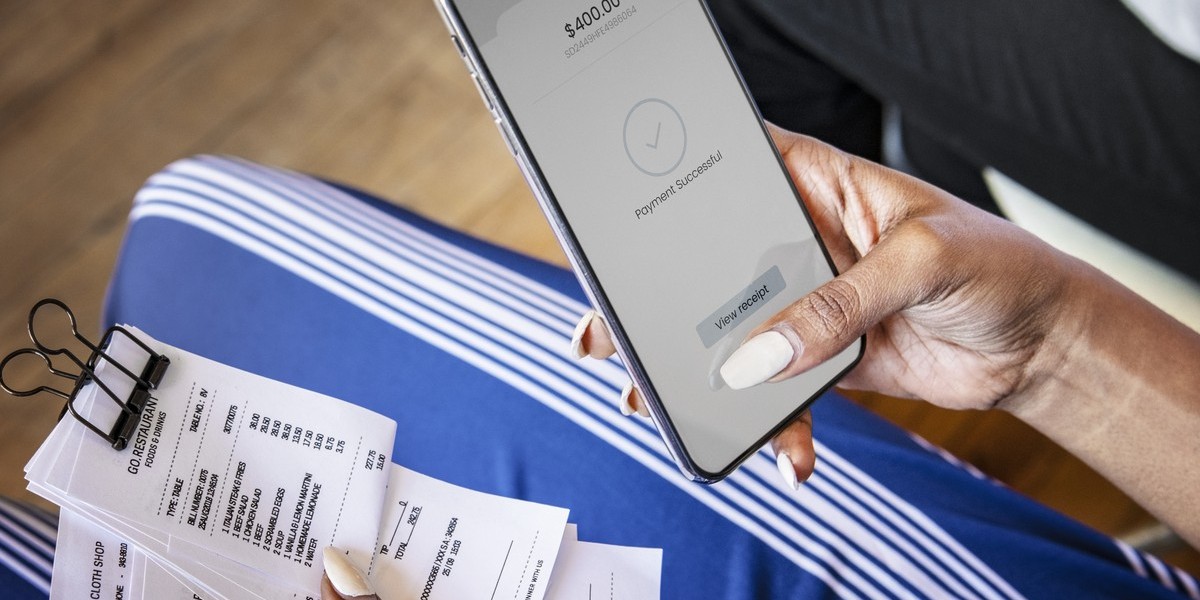Understanding the UK Driver's License: A Comprehensive Guide
In the United Kingdom, obtaining a driver's license is a pivotal step towards self-reliance and mobility. It is not just a gateway to personal freedom but likewise a significant obligation. This short article seeks to outline the process of acquiring a driver's license in the UK, the various classifications of licenses, and some important regulations that drivers License uk should stick to.
Types of UK Driver's Licenses
Before delving into the application process, it is important to understand the various kinds of driver's licenses readily available in the UK. The main categories are:
Provisional License: This is the very first action for anybody looking to find out to drive. It enables the holder to practice driving while under the supervision of a qualified driver.
Full License: Once the driving test has been effectively finished, the person will get a full driver's license, which allows them to drive independently.
Special Licenses: There are unique licenses for specific automobiles such as bikes (Category A), buses (Category D), and trucks (Category C).
European Driving License: Though it stands out from the UK driver's license, the European driving license enables for driving in numerous EU countries without the need for an extra authorization.
The Process of Obtaining a UK Driver's License
1. Make an application for a Provisional License
To begin the journey towards acquiring a driver's license, striving drivers should initially request a provisional license. Here's how to do it:
- Eligibility: Applicants should be at least 15 years and 9 months old.
- Application: Individuals can apply online or through postal services by submitting a brochure from the Driver and Vehicle Licensing Agency (DVLA).
- Charge: A fee is needed for application (as of 2023, it's about ₤ 34 online and ₤ 43 via post).
- Identity Proof: Acceptable identification includes a passport or a biometric home license.
2. Get ready for the Theory Test
When the provisional license is gotten, the next action is to get ready for the theory test, which assesses a learner driver's understanding of road guidelines and threats. This includes:
- Multiple-Choice Questions: A series of questions based upon the Highway Code.
- Danger Perception Test: An evaluation to determine possible threats while driving using video clips.
3. Take Driving Lessons
It is typically advisable to take expert driving lessons from an Approved Driving Instructor (ADI). These lessons offer important hands-on experience and knowledge about road safety, as well as helping learners end up being comfy behind the wheel.
4. Book the Practical Driving Test
After passing the theory test and getting adequate driving abilities, students must book a useful driving test through the DVLA. The testing procedure usually involves:
- Driving Maneuvers: Candidates are examined on their capability to carry out important driving strategies such as parallel parking and emergency stops.
- Road Safety Compliance: Demonstration of compliance with roadway signs, signals, and rules.
5. Acquire a Full Driver's License
Upon success in the practical driving test, the prospect will get a pass certificate which enables them to get a full driver's license. The DVLA will send a complete license if all requirements have been fulfilled.
Driving Regulations and Responsibilities in the UK
When a full driver's license has been gotten, it is important for drivers to comprehend and abide by the laws and guidelines governing road use in the UK. Here are a couple of essential responsibilities:
- Insurance: It is obligatory for all drivers to have legitimate car insurance before supporting the wheel. This safeguards against financial loss from accidents or theft.
- Roadway Tax: Vehicle import tax duty, commonly referred to as road tax, should be paid yearly.
- MOT Test: Cars older than 3 years need to go through an annual MOT (Ministry of Transport) test to ensure their roadworthiness.
- Stick To Speed Limits: Each roadway has designated speed limits that should be followed.
- Usage of Seatbelts: Wearing seatbelts is mandatory for drivers and travelers.
Frequently Asked Questions about UK Driver's License
1. For how long does it take to get a driver's license in the UK?
The time taken to acquire a driver's license differs considerably between people. On average, learners invest about 45 hours getting trained with an instructor, followed by an extra 22 hours of personal practice. After reserving tests, the processing of applications can likewise take a couple of weeks.
2. Can I drive with a provisional license?
Yes, you can drive with a provisional license, but you must be accompanied by a driver who is at least 21 years old and holds a full license for the kind of automobile being driven.
3. What occurs if I fail my driving test?
If you fail your driving test, the examiner will offer feedback on areas for improvement. You can retake the test, however it is generally advised to take a couple of additional lessons to reinforce your abilities before trying once again.
4. Can I drive in the UK with an EU driving license?
Yes, EU driving licenses stand in the UK. However, those planning to remain in the UK for more than 12 months should consider exchanging their EU license for a UK one.

5. What do I need to do if I lose my driving license?
If your driving license is lost or taken, you must report it to the DVLA and make an application for a replacement. You will need to offer identification and pay a charge.
Browsing the procedure of obtaining a driver's license in the UK can seem complicated, however comprehending each action simplifies the journey. From getting a provisional license to passing the dry run, each stage lays the groundwork for responsible driving and compliance with the laws governing roadway use. Always keep in mind that driving is an opportunity that features responsibilities, and continued adherence to the guidelines guarantees the safety of all roadway users.








